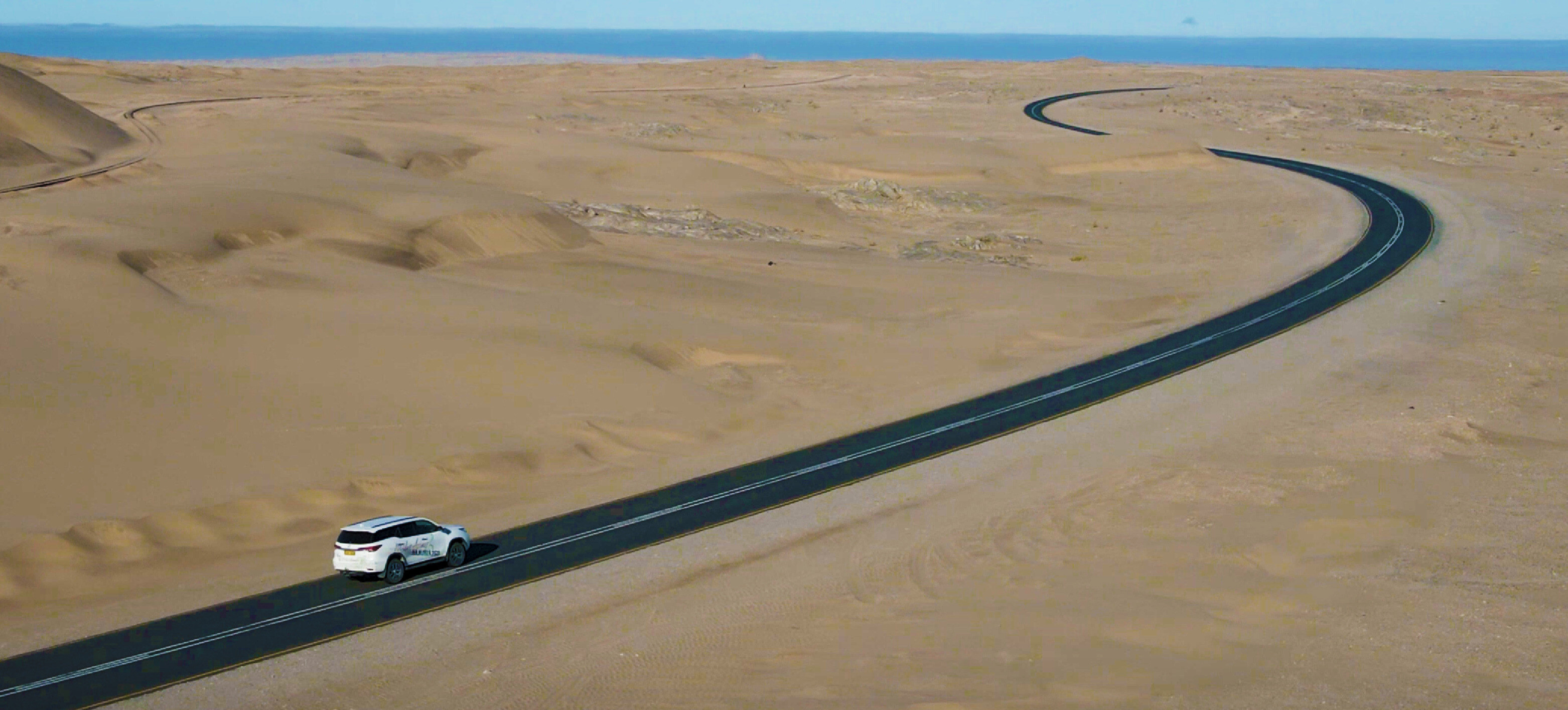Situated on the eastern edge of the Cuvelai system, the name Oshigambo is said to mean “the river that originates far away” – a reference to the river’s distant headwaters.
The expansion of settlements to the east of the densely populated central Owambo in the early 1900s was one of the main reasons why the Finnish Mission Society decided to establish a parish in north-eastern Ondonga. Missionary August Hänninen, who was locally known as Onime yaKashomba, began with preparations for an “experimental” mission station at Oshigambo in 1908 but Hänninen was ordered to first build a mission station at Tsandi in Uukwaluudhi. The Oshigambo parish, which was officially split off from Oniipa in 1912, was established on the banks of the Oshana Oshigambo to overcome the shortage of groundwater in the area.
The school, which was started at Onandjokwe to train the fiancées of teachers in 1921, was transferred to Oshigambo in 1924 and a boarding school for orphan girls was also opened.

As Ondangwa lacked a reliable supply of potable water, plans were made to relocate the ‘Native Affairs’ office in the early 1950s. A Water Affairs Department study singled out Oshigambo and Ongwediva as the only places with sufficient water resources and the Finnish superintendent at Oshigambo was informed of the administration’s intention to expropriate the mission station on 9 October 1951.The planned relocation was abandoned in 1954 because of the high cost and resistance by the Finnish Mission Society who demanded that a new site of equal size should be allocated in the same area.
The Finnish Mission Society decided to establish a private school in 1950 after the South African Department of Education introduced a common syllabus for all schools in Owambo. The Oshigambo Continuation School, the first school that provided in‐service training and short courses for indigenous teachers, opened in 1952. It also offered elementary English training for theological students. The first principal, Toivo Emil Tirronen, held the post for ten years.
The school became the first high school in Owambo offer matric (Grade 12) after it was upgraded in 1960. Learners sat the first standard eight (Grade Ten) examination in 1962, followed by the matric examination in 1964. The school has been ranked amongst the best performing in the country over the years and many of the country’s top leaders were educated here.
A company-size outer base of 53 Battalion, which had its main base at Ondangwa, was established at Oshigambo in the late 1970s, a mere 500 metres from the school. The base was later relocated about 2 km away after protests by the community.
On the night of Saturday 18 January 1986 the generator of the Oshigambo High School was sabotaged at 20:00, causing extensive damage to the generator room and the school’s electrical system. None of the 213 learners, ten teachers and other staff were injured in the explosion. The South West Africa Territorial Force (SWATF) blamed SWAPO for the attack, but Bishop Cleophas Dumeni of the Evangelical Lutheran Church in Namibia (ELCIN) said he suspected "… members of the South African Defence Force at the Oshigambo army base to be responsible for this bomb explosion at the school”.
𝐓𝐇𝐄 𝐎𝐒𝐇𝐀𝐍𝐀 𝐎𝐒𝐇𝐈𝐆𝐀𝐌𝐁𝐎
The Oshana Oshigambo is one of only three ephemeral rivers that flow into the Etosha Pan. It follows a well-defined course over much of its 250-kilometre length, but its catchment area in the highlands of central Angola receives less rain than the central Cuvelai system. Water simply seeps into the riverbed in its lower reaches during most rainy seasons and it is regarded as a dormant river.
Double the average amount of rainfall fell in the catchment area of the Oshana Oshigambo in early 2006 and the ephemeral river burst its banks for the first time in 50 years. The flood cut the girl’s hostel on the eastern bank of the oshana off from the Oshigambo Secondary School which was closed for a week. By early March 2006, the water of the Oshigambo flowed into the inlet bay of the Etosha Pan, but failed to reach the pan. Oshigambo was flooded again in 2011.









.png)

SUBMIT YOUR COMMENT